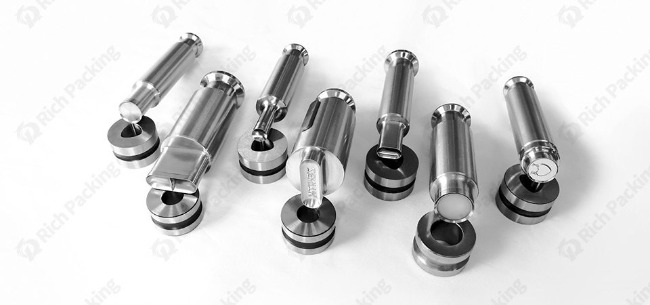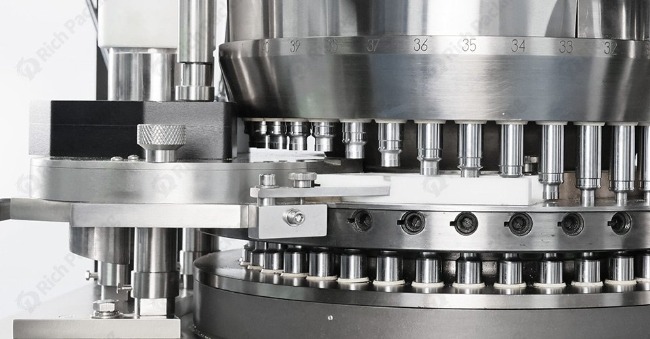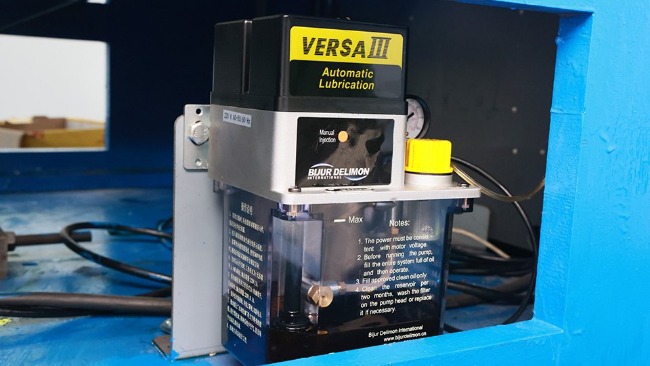Categories
New Blog
Tags
Regular maintenance of high-speed rotary tablet press equipment is critical for ensuring consistent tablet quality and maximizing production efficiency. Without proper maintenance, your tablet press can experience unexpected downtime, reduced performance, and potentially compromise product quality. By implementing a comprehensive maintenance program, you can extend the lifespan of your equipment and maintain optimal production capabilities.

High-speed rotary tablet presses represent significant investments for pharmaceutical and nutraceutical manufacturing operations. These sophisticated machines operate under demanding conditions, processing thousands of tablets per hour while maintaining precise specifications. The complex mechanical systems, including dies, punches, cams, and motors, require systematic maintenance to function properly.
When you neglect regular maintenance, you risk various operational issues that can impact your production capabilities. Wear and tear on critical components can lead to tablet weight variations, inconsistent hardness, and visual defects. Additionally, poorly maintained equipment consumes more energy, creating unnecessary operational costs while reducing overall equipment effectiveness (OEE).
Regular maintenance of high-speed rotary tablet presses helps you achieve several important objectives:
By investing time and resources into preventative maintenance, you create a more reliable manufacturing process that supports your production goals.
Your daily maintenance routine forms the foundation of your overall maintenance program. These quick but essential checks help identify potential issues before they develop into serious problems.
Before starting production each day, you should:
At the end of each production shift, operators should:
These daily procedures typically require 30-45 minutes but can prevent hours of unplanned downtime.
Weekly maintenance activities involve more comprehensive inspections and adjustments. These procedures often require partial disassembly of certain components.
Your weekly maintenance should include:
These activities may require 2-3 hours and should be scheduled during planned downtime.
Monthly maintenance involves more detailed inspection and potential replacement of wear components.
During monthly maintenance, you should:
Monthly maintenance typically requires 4-6 hours and should be performed by qualified maintenance personnel.
Twice-yearly and annual maintenance procedures involve comprehensive disassembly and inspection of major components.
For these extensive maintenance activities, you should:
These procedures often require 1-3 days and may necessitate support from the original equipment manufacturer.
The punches and dies represent the heart of your tablet press operation. These precision components directly impact tablet quality and require special maintenance consideration.
When maintaining punches and dies, you should:
Regular polishing and reconditioning of punches and dies can extend their useful life significantly. According to industry standards, properly maintained tooling can last for millions of compression cycles.

The turret system provides precision alignment for punches and dies while rotating at high speeds. This complex assembly requires careful maintenance to ensure proper operation.
Key aspects of turret maintenance include:
Even slight misalignment in the turret system can lead to significant quality issues and accelerated wear of tooling.

Compression rollers transfer force to the punches during the tablet formation process. These critical components experience significant stress during operation.
For proper compression roller maintenance, you should:
Worn compression rollers can lead to inconsistent tablet hardness and potential damage to punches.
The feed system ensures consistent powder delivery to die cavities. Proper maintenance prevents weight variation and filling issues.
Your feed system maintenance should include:
Modern tablet presses often incorporate sophisticated feed systems with multiple adjustment points that require careful maintenance.
Proper lubrication represents one of the most critical aspects of tablet press maintenance. With numerous moving parts operating at high speeds, inadequate lubrication can lead to catastrophic failures.
When selecting lubricants for your tablet press, you should consider:
Using food-grade or pharmaceutical-grade lubricants is essential for equipment used in pharmaceutical manufacturing. These specialized products provide necessary protection while meeting regulatory requirements.
| Component | Recommended Lubricant Type | Application Frequency |
|---|---|---|
| Cam Tracks | Heavy-duty synthetic grease | Weekly |
| Bearings | High-speed bearing grease | Monthly |
| Chains and Gears | Food-grade gear oil | Weekly |
| Guides and Slides | Light machine oil | Daily |
| Pneumatic Components | Pneumatic tool oil |

Your lubrication program should follow a well-documented schedule based on:
Implementing a lubrication management system that tracks application dates, quantities, and responsible personnel helps ensure consistency.
Proper cleaning of your high-speed rotary tablet press prevents cross-contamination and maintains product quality. Cleaning procedures must balance thoroughness with the need to minimize downtime.
Your daily cleaning routine should include:
Using appropriate cleaning agents that effectively remove residue without damaging equipment components is essential.
During scheduled maintenance periods, more comprehensive cleaning should be performed:
For pharmaceutical applications, cleaning validation may be required to ensure that cleaning procedures effectively remove all product residues.
Even with rigorous maintenance, tablet press issues can occur. Understanding common problems helps you resolve them quickly.
When experiencing tablet weight variations, check:
Weight variations often result from mechanical issues rather than formulation problems.
If tablet hardness varies beyond acceptable limits, investigate:
Maintaining consistent hardness requires precise mechanical alignment throughout the compression cycle.
When tablets stick to punches or show evidence of picking:
Surface defects on tooling often contribute to sticking and picking problems.
Proper maintenance of high-speed rotary tablet presses requires specialized knowledge. Investing in training ensures that your maintenance team can properly care for this sophisticated equipment.
Machine operators should understand:
This foundation allows operators to serve as the first line of defense in identifying potential issues.
Your dedicated maintenance personnel require more comprehensive training, including:
Many equipment manufacturers offer specialized training programs for maintenance personnel.
Proper documentation of all maintenance activities supports regulatory compliance and helps identify patterns in equipment performance.
Your maintenance documentation should include:
These records provide valuable information for addressing recurring issues and planning maintenance schedules.
Investing in regular maintenance of high-speed rotary tablet presses delivers significant financial benefits. Understanding the economics helps justify the necessary resources.
Preventative maintenance generates direct savings through:
Industry studies suggest that every dollar spent on preventative maintenance saves $3-$5 in repair costs and lost production.
Beyond direct cost savings, you'll experience:
These benefits contribute significantly to your overall manufacturing excellence.
Modern tablet presses incorporate advanced technologies that support maintenance activities and help predict potential failures.
Recent innovations include:
These technologies allow you to transition from scheduled maintenance to condition-based maintenance, optimizing resource allocation.
Regular maintenance of high-speed rotary tablet presses is essential for ensuring consistent product quality, maximizing equipment lifespan, and optimizing production efficiency. By implementing comprehensive maintenance programs, you protect your investment while meeting production goals. Have questions about optimizing your tablet press maintenance? Contact our experts for personalized guidance on your specific equipment.